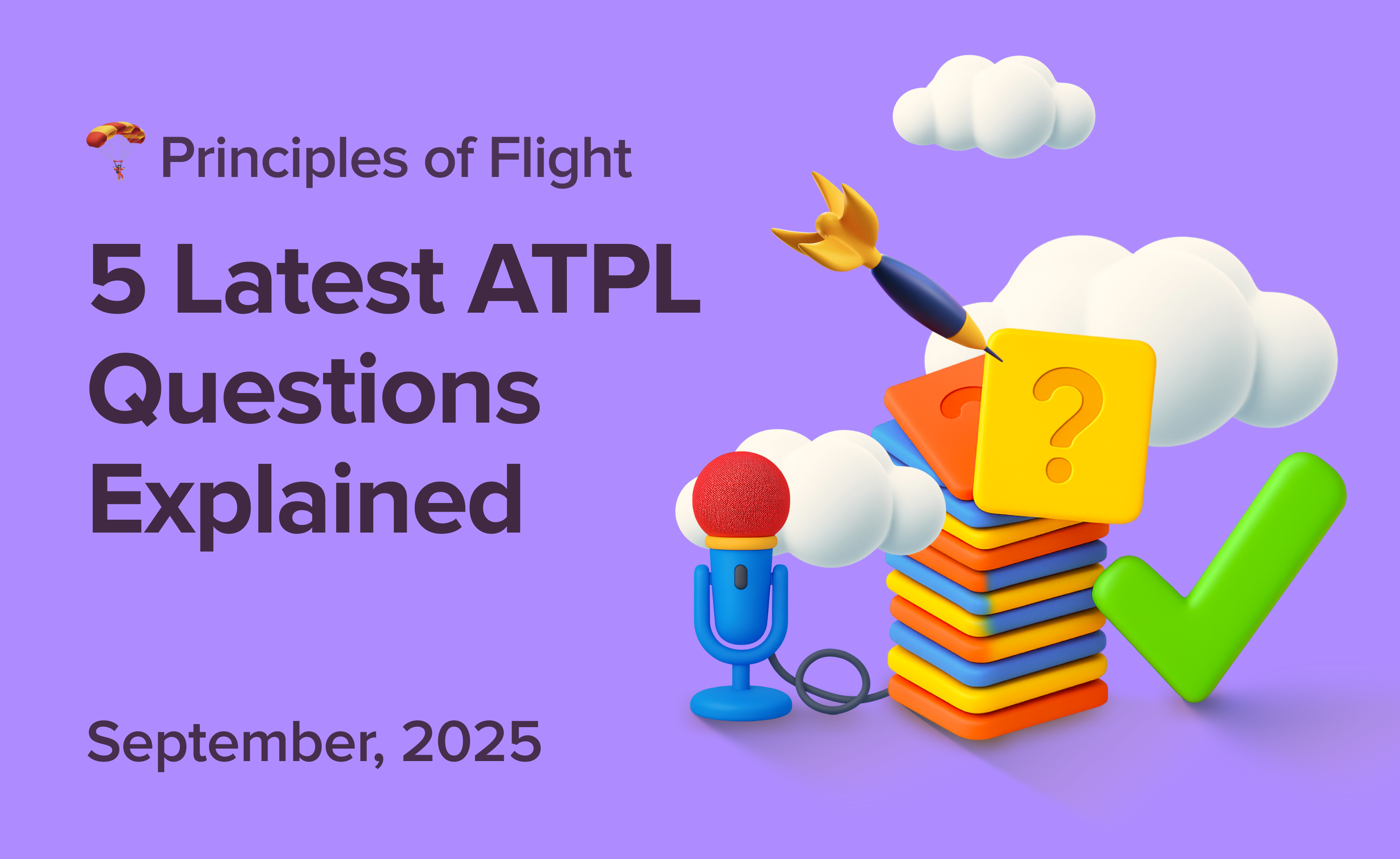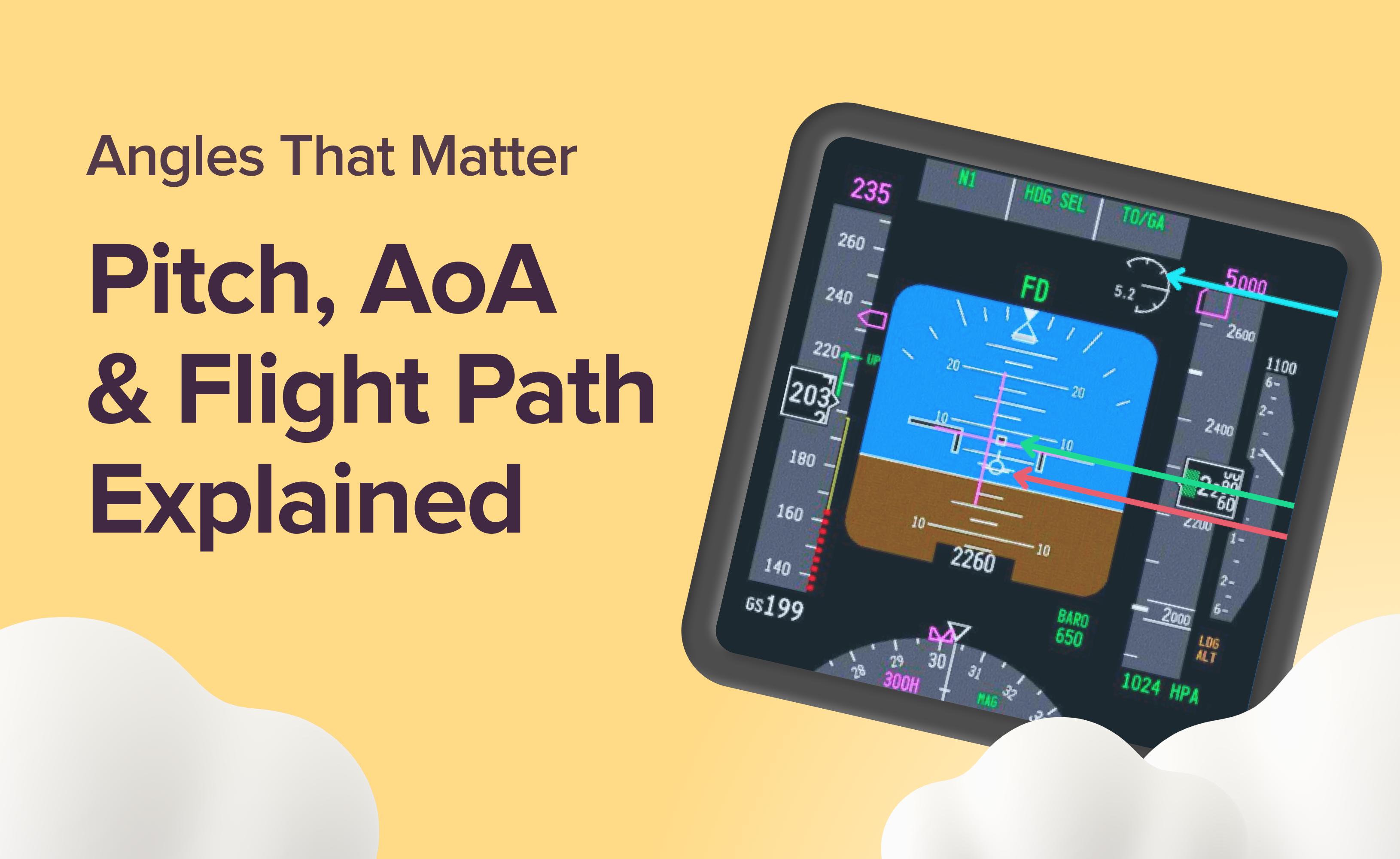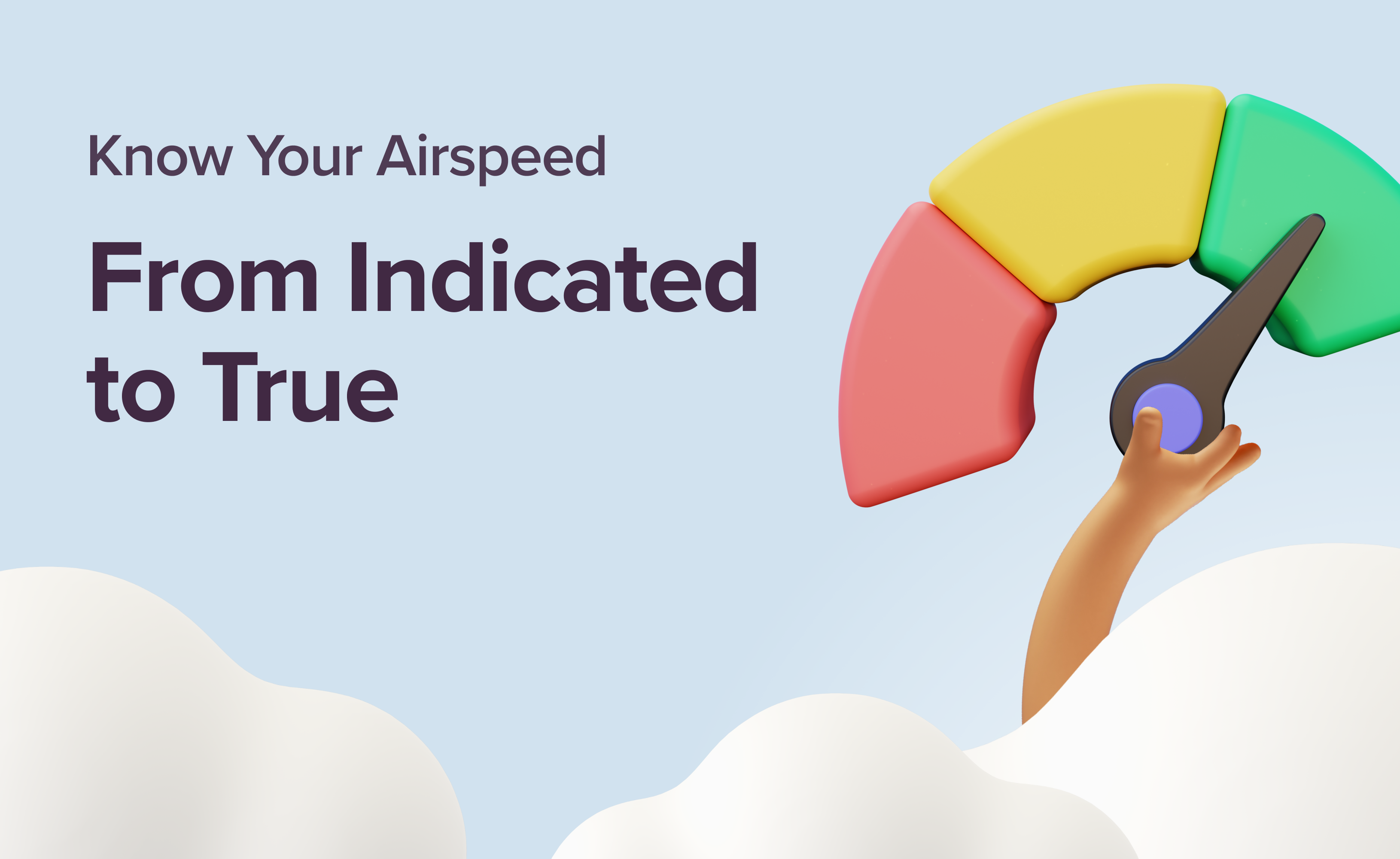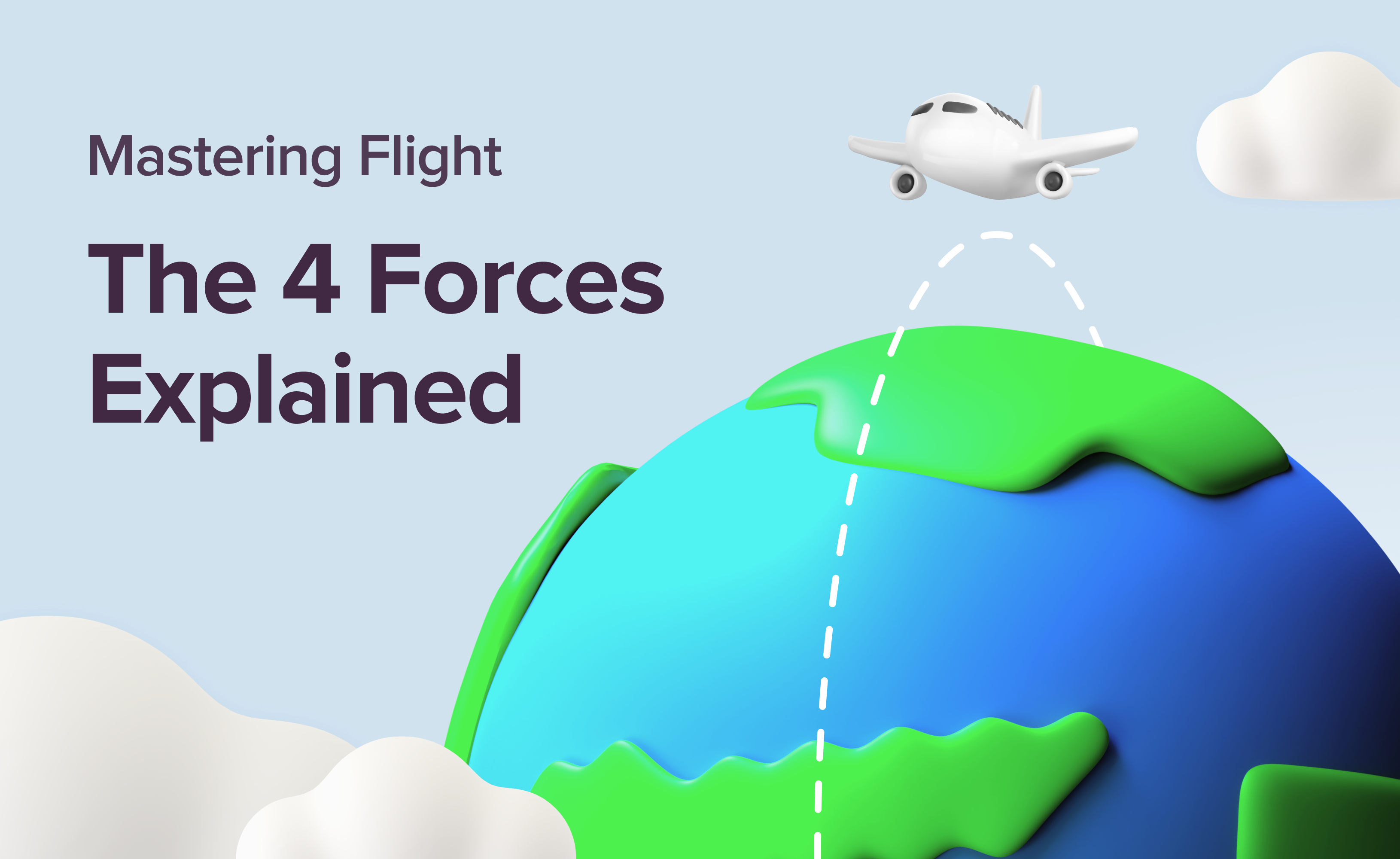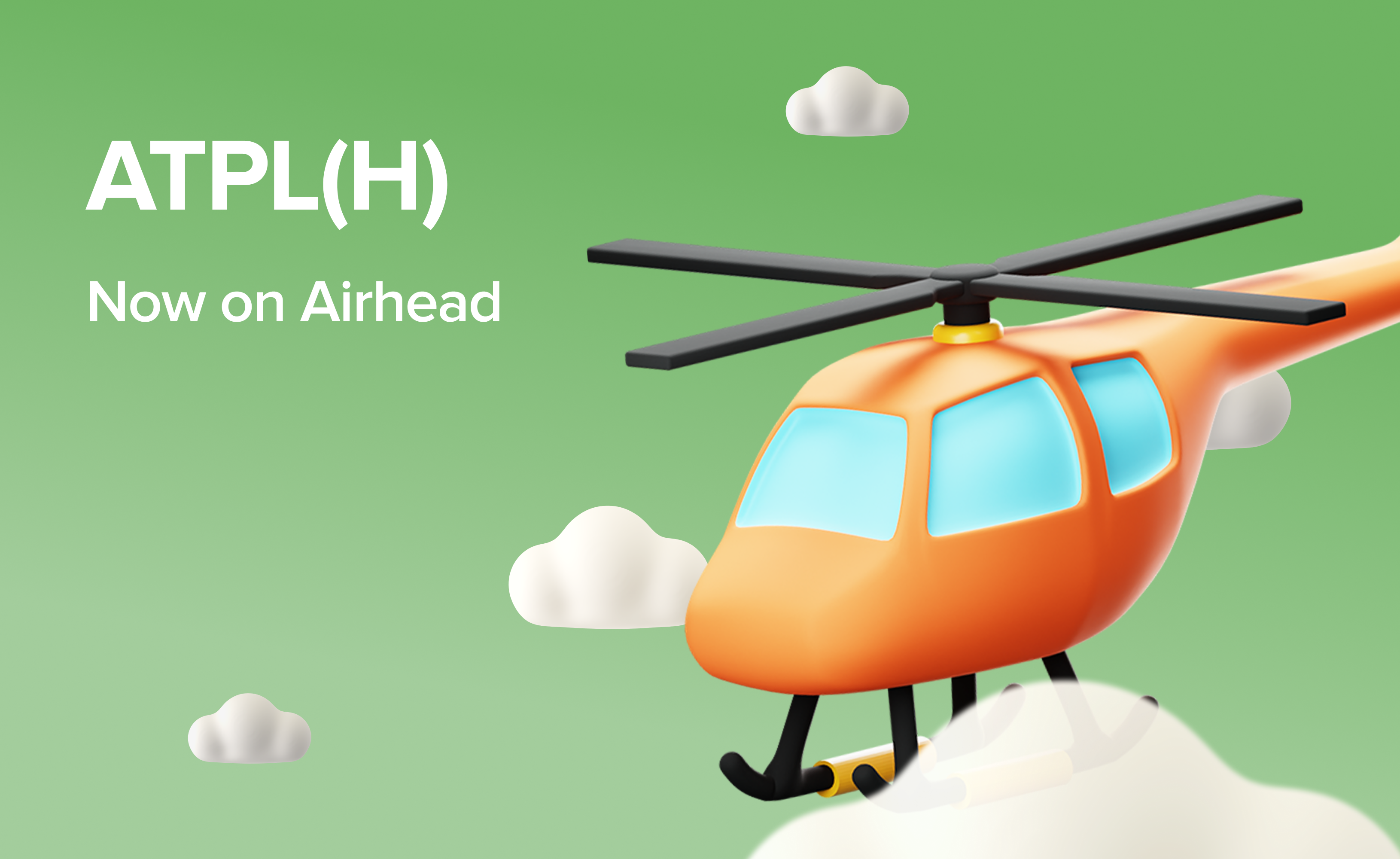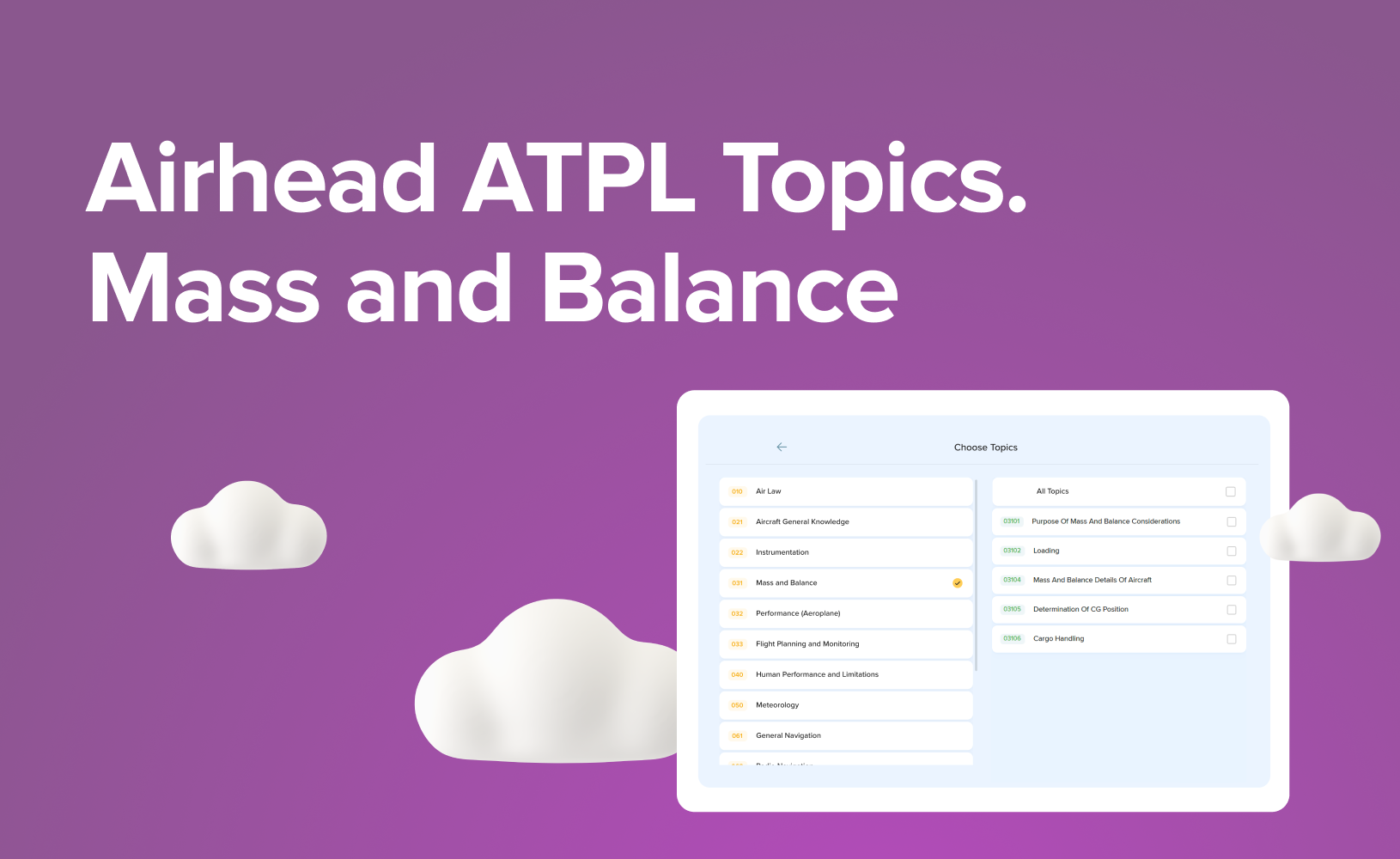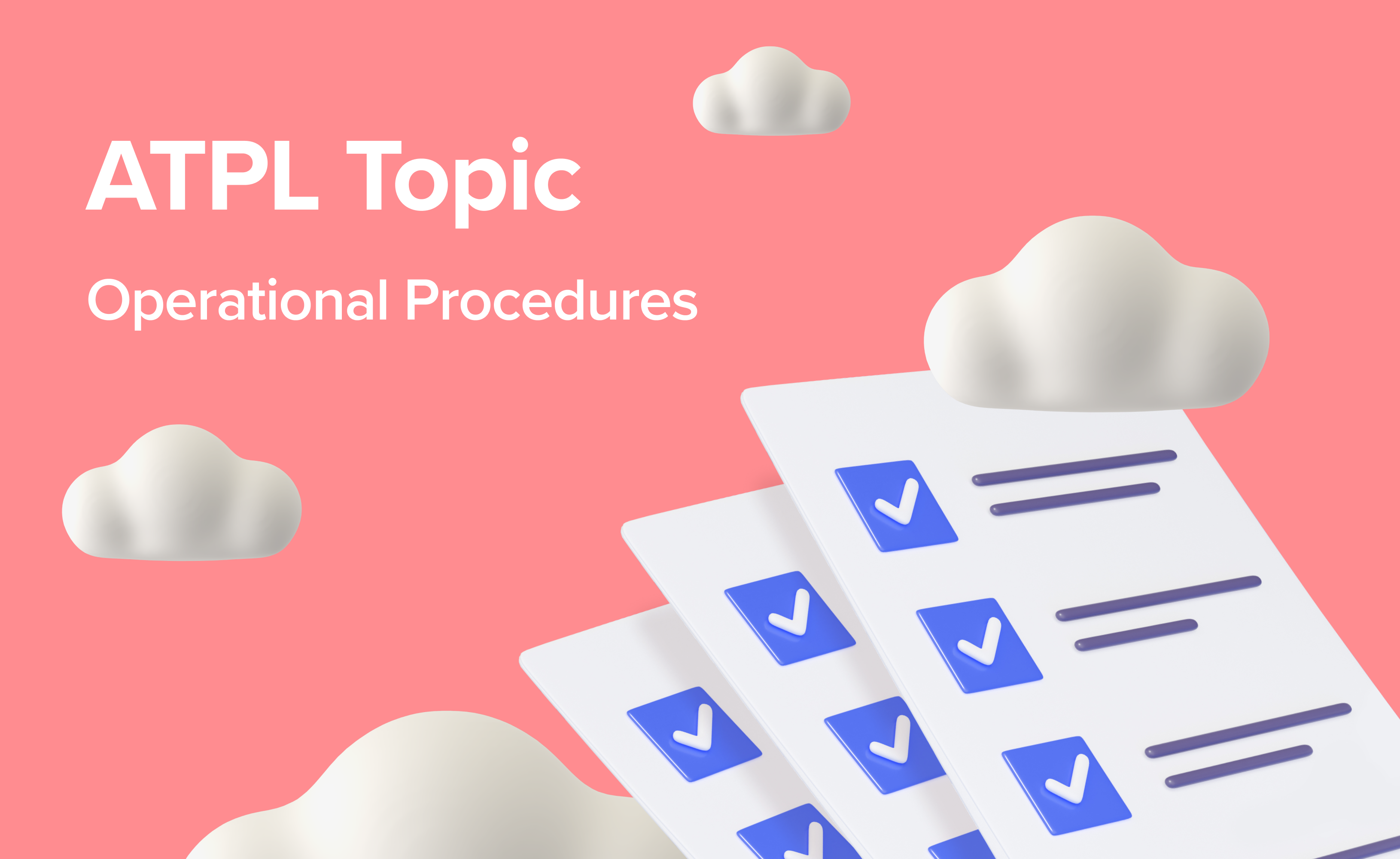ATPL Topics: A Deep Dive into Air Law
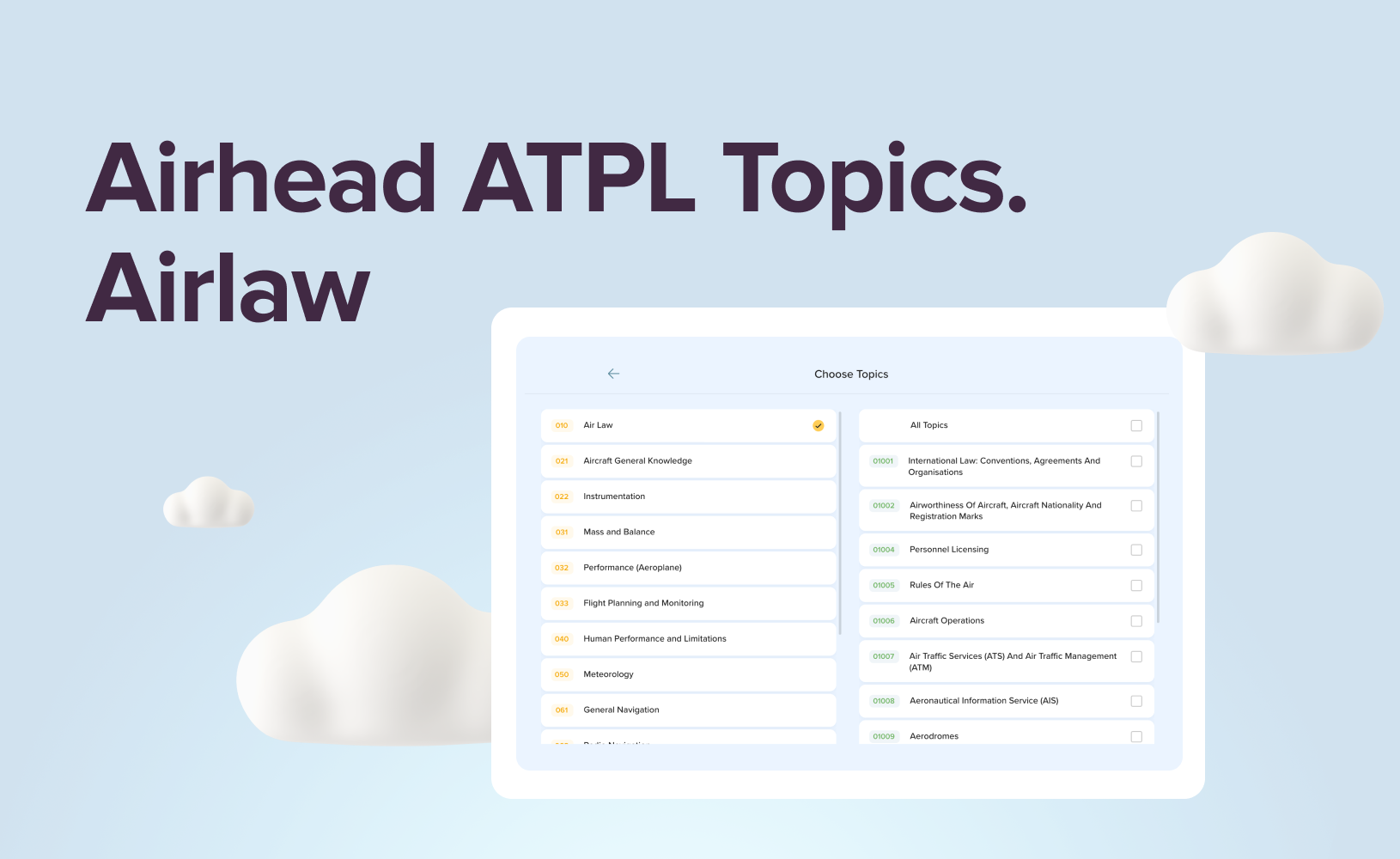
Introduction
Welcome to a new type of blog post where we'll be thoroughly dissecting the subjects and topics within the Airline Transport Pilot License (ATPL) curriculum. Our aim is to provide aspiring pilots with a comprehensive understanding of the various subjects that make up this challenging but rewarding journey. While we've already explored the ranking of ATPL subjects from easiest to hardest, it's time to delve into each subject with more depth and detail.
A good overall understanding of Aviation Law is obviously required by anyone wanting to become an Airline Transport Pilot. This guide will run through the major ATPL Learning Objectives (LOs) titles in turn. Many of these LOs are general in nature and subsequently the examiner can match a very broad scope of individual questions to them if desired.
Also, inevitably, questions will be asked upon topics that might feel rather obscure and largely irrelevant to day-to-day aviation operations, but the question split (percentage of the total number of questions allocated to each LO) feels sensible with Rules of the Air, Aircraft Ops, Aerodromes and Air Traffic Services taking the lion’s share.
If you were to line up all the printed manuals for the various ATPL subjects in a row you might be surprised to see that Airlaw is the thickest by some margin and so the sheer volume of material to be studied is a significant challenge. The other notable challenge is reading through text which is predominantly factual, packed full of lists and definitions with a distinctly “legalise” flavour. That’s hardly surprising since the sources of all examination questions are, effectively, legal documents and the knowledge will appear in this form in the actual questions.
Over recent years there has been an annoying trend in some new questions being formulated from random definitions, plucked from the inner recesses of relatively obscure ICAO/EASA documents. This has created an examination that would be very hard indeed to pass convincingly without a question bank. It is obviously impossible to learn each definition and to know intimately the various ICAO Documents and you would hope that at least the definitions were directly relevant to general operations but sadly sometimes they are not.
Happily, even though this is actually quite a tough subject to tackle and not to be underestimated, the pass rate tends to be good thanks largely to the effective use of the question bank. Also, there is a fair amount of reference to topics that would have already been covered as part of the PPL examination study, so you have a head start in that respect. Similarly, since you will have a certain amount of flying under your belt already prior to taking this exam you will have some real-world experience to draw upon. Having sad that, don’t be too surprised to discover that what happens “out there” and what is supposed to happen (according to aviation law) can and will differ!
Air Law
Number of Questions: 44 Exam Duration: 1 hour Difficulty: Easy to medium 92% of papers passed
Note this: As mentioned above, this examination is broadly a test of memory and therefore the effective use of the question bank is your key to a good pass. Some will feel the need to write notes when working through the subject matter and some won’t. In any event, by repeating practice examinations in the question bank it will highlight your weaker topics so that you can go back over them again until you are achieving consistently high scores.
01001 International Law: Conventions, Agreements, Organizations
This topic is quite hard work to study as it, necessarily, lists a number of conventions, articles and important documents that form the basis of aviation law. Content includes the structure and workings of ICAO, the relationship between ICAO and its member states, the functioning of EASA and the basic differences between the different types of aviation law. It also touches upon other relevant aviation conventions (much reduced for the “2020” syllabus), freedoms of the air and introduces IATA. The exam questions associated with this LO are generally straightforward and of a general nature.
01002 Airworthiness, Aircraft Nationality, and Registration Marks
Airworthiness, registration marks and nationality are something we already have a broad awareness of due to our PPL flying but this LO clarifies the responsibilities of states to ensuring aircraft airworthiness and explains some of the finer point of how the registration marks we see on our aircraft are allocated, selected and assigned. An interesting and relevant topic and the questions are generally fair, although, as ever they require to be read carefully!
01004 Personnel Licensing
Whist it is obviously necessary to have a good appreciation of the licensing process and the general content of Part FCL it has been disappointing to see the recent introduction of various ratings, such as aerobatic, sailplane/banner towing, mountain rating etc. We would have thought that the appropriate occasion to acquaint yourself with their associated requirements would be when/if deciding to actually undertake the rating, not as part of your ATPL studies. Nevertheless, these questions are both common and detailed so the associated questions in the bank will need to be practiced.
01005 Rules of the Air
Okay, so nobody can argue with the relevance of this particular topic and the subject matter is both interesting and easy to study. Much of it you will recognise from your ppl studies so no real problems. A lot of reference is made to SERA (Standardised European Rules of the Air) a surprisingly digestible document that largely mirrors ICAO Annex 2.
01006 Aircraft Operations
Obviously, a weighty and important topic that largely revolves around the three volumes of ICAO Document 8168. There are quite a few definitions to absorb but at the same time many of the individual topics such as altimeter setting, collision avoidance, holding, approaches, use of transponder, missed approaches are directly relevant to commercial aviation and of interest to any aspiring commercial pilot.
01007 Air Traffic Services (ATS) and Air Traffic Management (ATM)
Where would we be as pilots without air traffickers and Air Traffic Services (ATS) and Air Traffic Management (ATM)? Probably best not to answer! But seriously, global commercial aviation is built upon a network of safe and orderly co-ordination of traffic and airspace. You will recognise much of this again from your ppl studies but now there is far more detail to contend with. Topics include Flight Information Services, Alerting Service, Clearances, Wake Turbulence, Separation, Arrival/Departure Procedures, and Radar. ICAO Document 4444 features very strongly indeed and this is a document well worth dipping into and becoming acquainted with, as part of your studies.
01008 Aeronautical Information Service (AIS)
This section concentrates largely upon the Aeronautical Information Service (AIS). This is the central repository of crucial aviation data and information, serving as the knowledge hub for all aviation professionals. ICAO Annex 15 is the main source and there is a run through of all the essential data, documents, and updates required for safe and efficient flight operations, including Aeronautical Information Publication (AIP), NOTAMs (Notice to Airmen), AIS data management, and flight planning support. Depending upon your prior aviation experience you may have only a broad understanding of the various information publications and this will take you through them all in far more detail. The associated examination questions are generally straightforward and of a factual nature.
01009 Aerodromes
Well, seeing as we will be spending a good amount of our time at Aerodromes it is only right that we should be clear on how they work. Some of the subtopics such as signage and lighting seem to be overly detailed at first glance but then they could all be encountered in your future career. The main source of reference is ICAO Annex 14, Volume 1. Helicopter pilots will also be interested in Volume II which deals with helipad and heliport specific information.
01010 Facilitation
Although sometimes it might not feel like it, a great deal of thought and effort is expended globally into facilitating the movement of people and cargo by air as outlines in ICAO Annex 9. As commercial aircrew we will need to understand how the people (and cargo) that pay our wages are transported effectively. Some of the exam questions stretch the LO to breaking point (such as asking about the intricacies of passport issue) but all are interesting and straightforward.
01011 Search and Rescue (SAR)
Let’s hope we never have direct experience of this particular topic, but Search and Rescue (SAR) operations are obviously crucial for locating and assisting distressed aircraft and individuals. ICAO Annex 12 is the main source and this seems to be a particularly popular subject for the question writer.
01012 Security
An increasing issue in modern commercial aviation and therefore this subject is covered in some detail. Subtopics include unruly passengers, unlawful interference (hijack), Operator security programmes, international cooperation, and regulatory oversight. ICAO Annex 2, 6 and 14, as well as ICAO Document 4444 all feature highly.
01013 Aircraft Accident and Incident Investigation
This section requires careful study to fully understand the significant, but subtle, differences between incidents, accidents and occurrences. Some of the exam questions are particularly challenging in this regard and often involve lengthy introductory scenarios. ICAO Annex 13 features highly and an EU Regulation 376/2014 is also introduced.
Conclusion
Air Law is a complex and multifaceted field and it is obviously highly desirable to have a broad and full understanding of aviation law when operating as a pilot, both private and commercial. The subject matter is tough to digest and absorb so you might have to study this subject in a slightly different manner to some of the others. Also, the sheer volume of detail and exceptionally broad scope necessarily drives you to the question bank at an early stage.
It may seem that this process is verging upon learning for learnings sake and to a certain extent that is true, yet you will still be forming a firm foundation of aviation law knowledge for both the examination and your future commercial flying. Inevitably, as you progress through your career it will require further study and attention to ensure that you remain current in a an ever-evolving regulatory environment.




